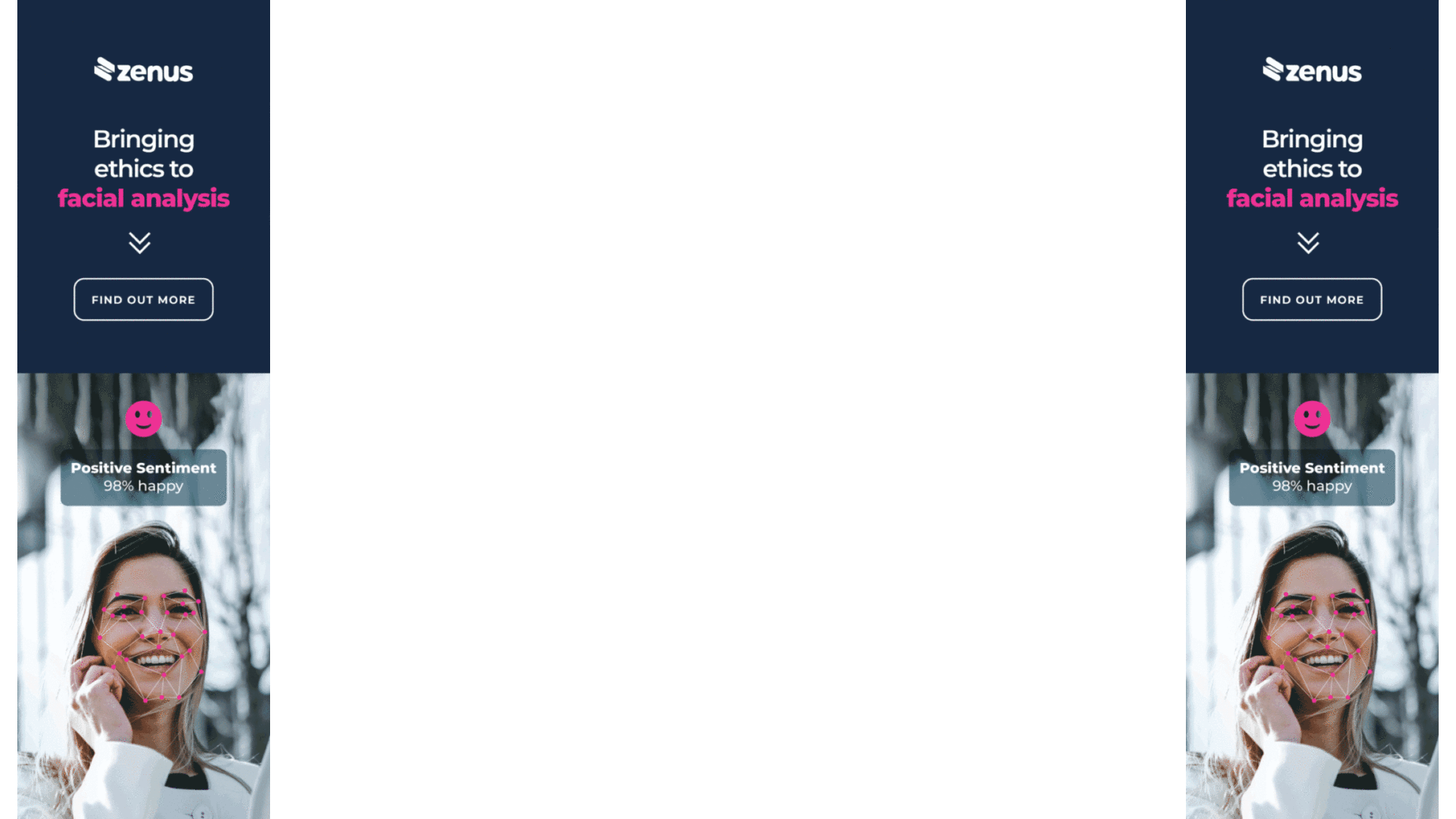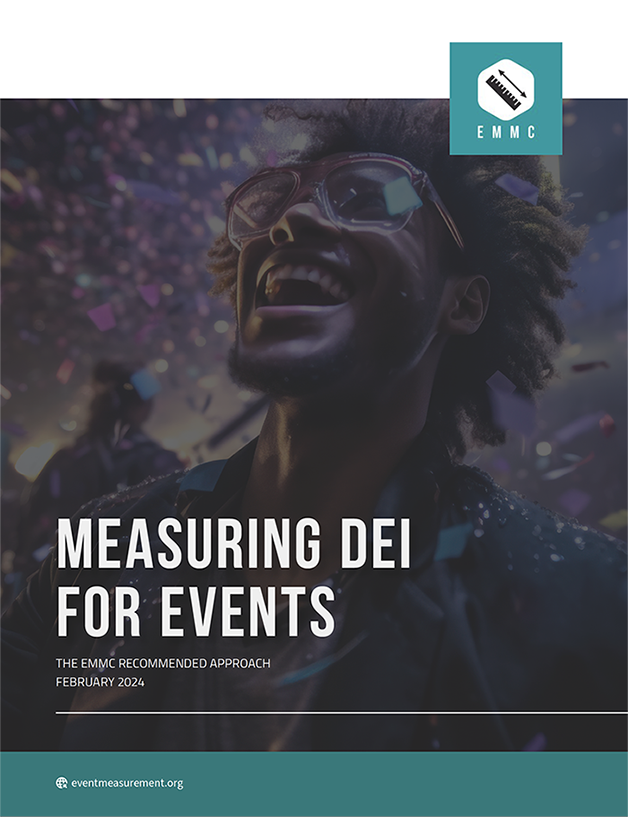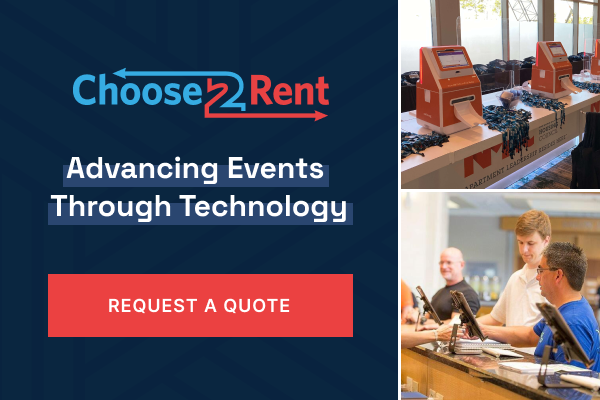
In a world where diversity, equity, and inclusion (DEI) are paramount considerations across industries, the events sector is no exception.
The Event Marketing Measurement Coalition (EMMC), under the leadership of Dax Callner, the Board President, has taken a pioneering step by delving into the crucial realm of measuring DEI within event spaces.
In this exclusive Q&A interview, Dax shares insights into EMMC’s latest report, which offers invaluable guidance on how event organizers can effectively measure and enhance DEI at their events.
From motivation to methodology, and objectives to actionable recommendations, Dax sheds light on the significance of DEI measurement and its impact on creating more inclusive and enriching event experiences for all. Let’s dive into the conversation.
That full report is now available to EMMC members and are also working with media partners to share the highlights through industry talks and more.
What motivated EMMC to delve into the topic of Diversity, Equity, and Inclusion (DEI) within the events industry, leading to the creation of this report?
DEI has been a buzzing topic in the industry for a few years – but we noticed that no one seemed to be talking about how people should evaluate the impact of their efforts – how they should hold themselves accountable. As an industry association explicitly focused on event measurement, we thought we could take on the (difficult) challenge of defining a measurement approach for DEI.
Can you elaborate on the process of consulting with DEI and accessibility experts that EMMC undertook to develop this guidance?
Within the EMMC are some of the sharpest minds in event measurement. But few if any of our members can claim to be experts in DEI or event accessibility. We reached out to folks in the U.S. and UK to get as much input as possible, and we continue to take feedback as we will likely update our guidance over time. Input came from experts in physical and neuro-accessibility, and representatives from a diverse array of communities. The process has been iterative – us taking input and then sharing drafts of our guidance document for feedback.
What were the key objectives outlined in the Measuring DEI at Events guidance, particularly regarding diversity, equity, and inclusivity?
Objective setting is particularly important when it comes to DEI at events. It forces a sometimes uncomfortable but necessary conversation around: “OK, what are we actually trying to achieve?” The key objectives as we see them:
- Diversity across all aspects of the event, as in what is the desired makeup of the audience, staff, on-stage talent and event suppliers? With the ambition of ensuring diversity, a team should establish demographic profile goals for each of these cohorts.
- All attendees should get value from the event – ideally self-reported equitable value (measured through event surveys).
- No event attendees should feel ‘excluded’ due to their unique characteristics.
How do you recommend event organisers establish DEI objectives and integrate them into their event planning processes?
As with any event objectives, conversations need to be had at the onset with the right stakeholders to define what success looks like. An organizer should define:
- What is the goal
- What is the KPI tied to that goal (a key measure to indicate impact)
- What is the target (a number tied to the KPI)
Here’s an example for illustrative purposes:
- Goal: An event audience that is gender diverse
- KPI: Audience reported gender identities
- Target: audience reported: 45% men, 45% women, 10% other designations
Using that example, an organiser can build an event agenda and experiences that will hopefully resonate with their target audience (as they should do anyway!). They will seek to attract a gender-diverse array of audience members through event marketing. They will then track how things are going based on self-reported registration data and tweak their efforts as needed.
In what ways does your report address the challenge of ensuring equitable value for all event attendees, regardless of their background or experiences?
One of our core metrics as an organisation is what we call “value for time spent.” We want to make sure that everyone invited into an event or an experience feels they received value for their time. This is measured via post-event surveys where we ask attendees to rate their value for time spent – and ideally, everyone reports that they received a lot of value.
What our report doesn’t do explicitly is define what value means – because that is unique for each audience cohort. Nor does it tell organisers how to create events that will be valued. That is up to each organiser – to understand their audience and what value looks like to them, and to create experiences that will deliver value.
Can you discuss the significance of optics in DEI measurement and how your report advises organisers to navigate this aspect?
Optics – or what something looks like – are important. We want audience members to feel their communities are present and represented. The challenge with optics is that what something looks like is only one dimension of diversity, and we don’t want to make assumptions about people only based on visual data. For example, a person on the neurodiverse spectrum is unlikely to present their characteristics visually. Our advice: do seek more visually diverse representation but don’t stop there. Consider all aspects of diversity and be transparent with your audiences about these efforts. Making the effort…putting in the work…really matters to people.
What strategies does your report suggest for pre-event surveying to gather relevant information about attendees’ needs and backgrounds while respecting their privacy?
This element requires careful consideration, some of which is dependent on regionally different cultures and even laws. Our overarching suggestions:
- Tell people why you are asking them about their unique characteristics so they understand why they may be seeing unusual survey questions
- Make DEI question responses optional
- Consider if any question responses should be gathered anonymously to protect the respondent
- Consider what questions are needed to inform your accessibility plans (e.g., physical accessibility needs, neuro-diverse accessibility needs, etc.). These question responses might need to be connected to an attendee record (with their permission) if unique accommodations will help the attendee get the most out of their event experience.
How does the post-event surveying process recommended by your organisation contribute to understanding the impact of events on diversity, equity, and inclusion goals?
Post-event surveys can tell us:
- Did people feel they received value from the experience? These question responses should be compared with initially set targets to gauge success.
- Did the audience feel included? Ideally, we’d hope that no attendees felt excluded from event experiences.
- How can we improve things? We’re on a journey of continuous improvement – survey responses can provide incredible insight and ideas to implement next time.
Could you share insights on how organisations can effectively communicate DEI results internally and externally, as outlined in your report?
We’re big believers in recruiting internal stakeholders on this journey and being transparent with event audiences about our efforts.
With internal audiences, we want to connect the dots between diversity efforts and commercial impact. We believe that more diverse, equitable and inclusive events are not only the right thing to do – they will make experiences better for all audiences, and ultimately better for business. We need to combine DEI data with other event metrics in comprehensive event measurement reports to demonstrate full impact.
Today’s event audiences – and, candidly, all marketing audiences – are sceptical about the social impact efforts of for-profit businesses. Sharing the data keeps us accountable and in continuous dialogue with audiences. We suggest that post-event communications highlight the impact of our work in DEI.
Finally, what key takeaways or actionable recommendations can event organisers implement based on the findings and guidance provided in your report?
- Be brave have the challenging conversations needed to implement DEI goals for your events, and accept that mistakes may happen
- Include event audiences in the journey use your event communications to tell people what you are doing when it comes to DEI, why you are doing it and their role in creating great experiences for everyone
- Collect data about attendee needs and evolve the experience as needed to make the event work for everyone
- Ask for feedback this is a journey and we need input to drive ongoing, positive change











